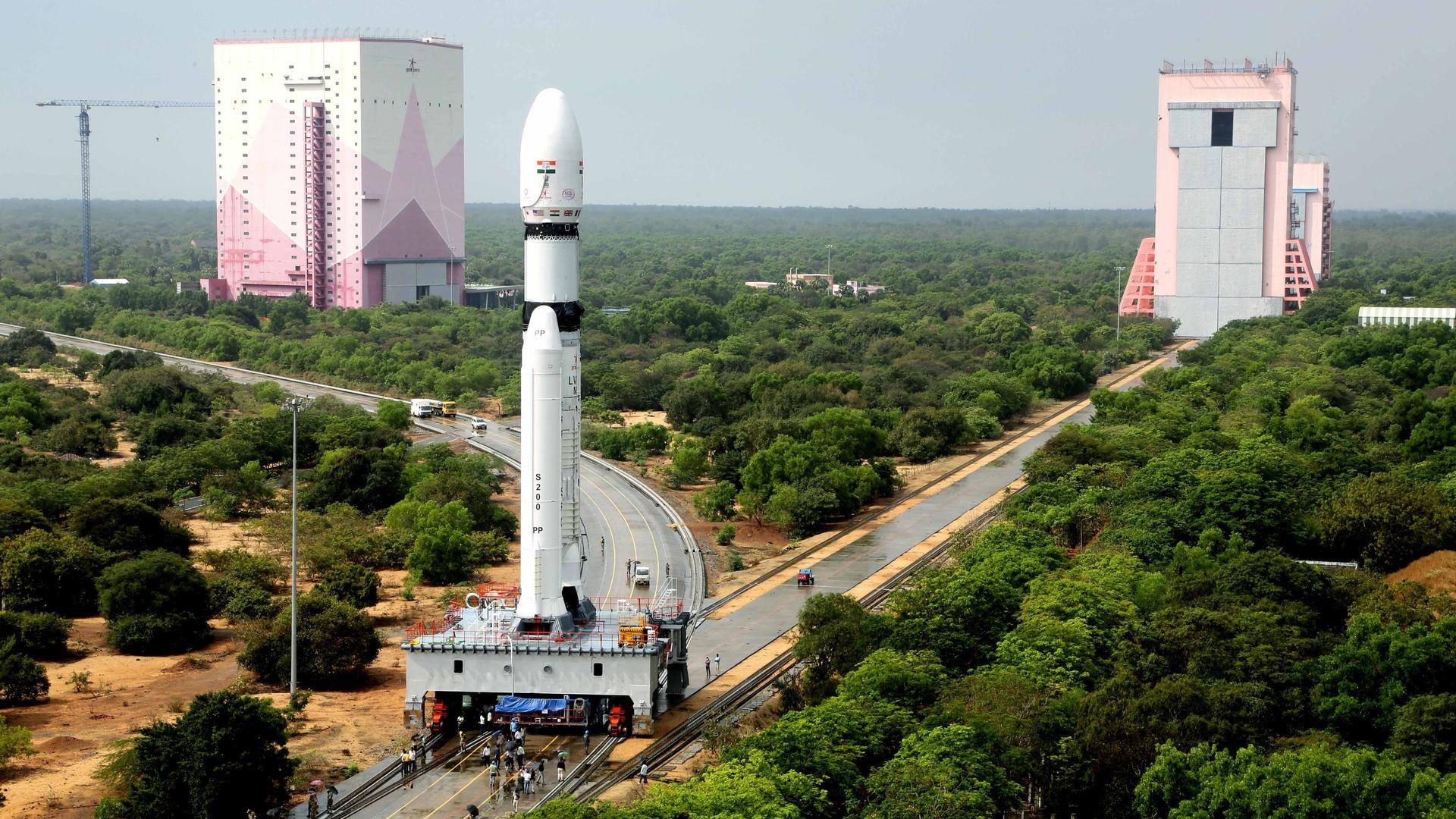
What is so special about ISRO's OneWeb internet satellites
What's the story
ISRO is gearing up for the launch of the LVM3-M3/OneWeb India-2 mission on March 26. The mission will place 36 OneWeb internet satellites into space, riding aboard India's heaviest launch vehicle, LVM-3 (Launch Vehicle Mark). If successful, the upcoming launch will position the satellites in low-Earth Orbit (LEO), completing the deployment of the UK-based company's constellation of 582 satellites.
Context
Why does this story matter?
In March last year, OneWeb canceled a planned launch of 36 broadband satellites on board Russia's Soyuz rocket following the Ukraine conflict. The company then contracted ISRO for the launch of 72 satellites in two phases, which reportedly cost about Rs. 1,000 crore. The forthcoming launch will mark over 600 satellites for OneWebb, placing the company on track to launch broadband internet services globally.
Launch
The launch will occur from Satish Dhawan Space Center
The launch of the 36 OneWeb satellites is scheduled for 9:00 am IST from Satish Dhawan Space Center (SDSC), Sriharikota on March 26. This will be the second time OneWeb is using ISRO's satellite launch services. ISRO launched the first batch of 36 OneWeb satellites—LVM3-M2/OneWeb India-1 mission—from Sriharikota on October 23, 2022, which marked the first commercial launch for LVM-3.
Information
A Falcon-9 rocket recently deployed 40 OneWeb satellites in space
The upcoming launch on board ISRO's LVM3 will be the 18th launch for OneWeb. On March 9, the company carried out the 17th launch, where a SpaceX Falcon-9 rocket deployed 40 internet satellites in space.
Name change
Launch vehicle has been renamed from GSLV Mk-3 to LVM-3
ISRO has renamed the launch vehicle from GSLV Mk-3 (Geosynchronous Satellite Launch Vehicle) to LVM-3. The reason behind the redesignation of names is that the rocket will not deploy the OneWeb satellites in geosynchronous orbit but in the LEO. The OneWeb satellites operate at an altitude of 1,200km in the LEO, whereas the geosynchronous orbit is located 35,786km above Earth's equator.
Significance
OneWeb uses satellites in LEO to provide internet access
OneWeb uses satellites in the LEO to provide broadband internet access, as opposed to conventional methods that employ satellites placed in geostationary orbits (GEO) above the equator. LEO satellites, which are placed in orbits ranging from 200km to 1,500km from Earth, significantly increase the bandwidth and reduce latency in space to around 50-70 milliseconds, according to GSMA Intelligence.
Services
OneWeb plans to launch services in India later this year
OneWeb plans to launch its services in India later this year. The company has received the GMPCS (Global Mobile Personal Communications by Satellite) permit from the Department of Telecommunications and the approval to set up an Earth station. Other permissions are required from the Department of Space. "By the end of this year, we plan to initiate services across the globe," said a spokesperson.